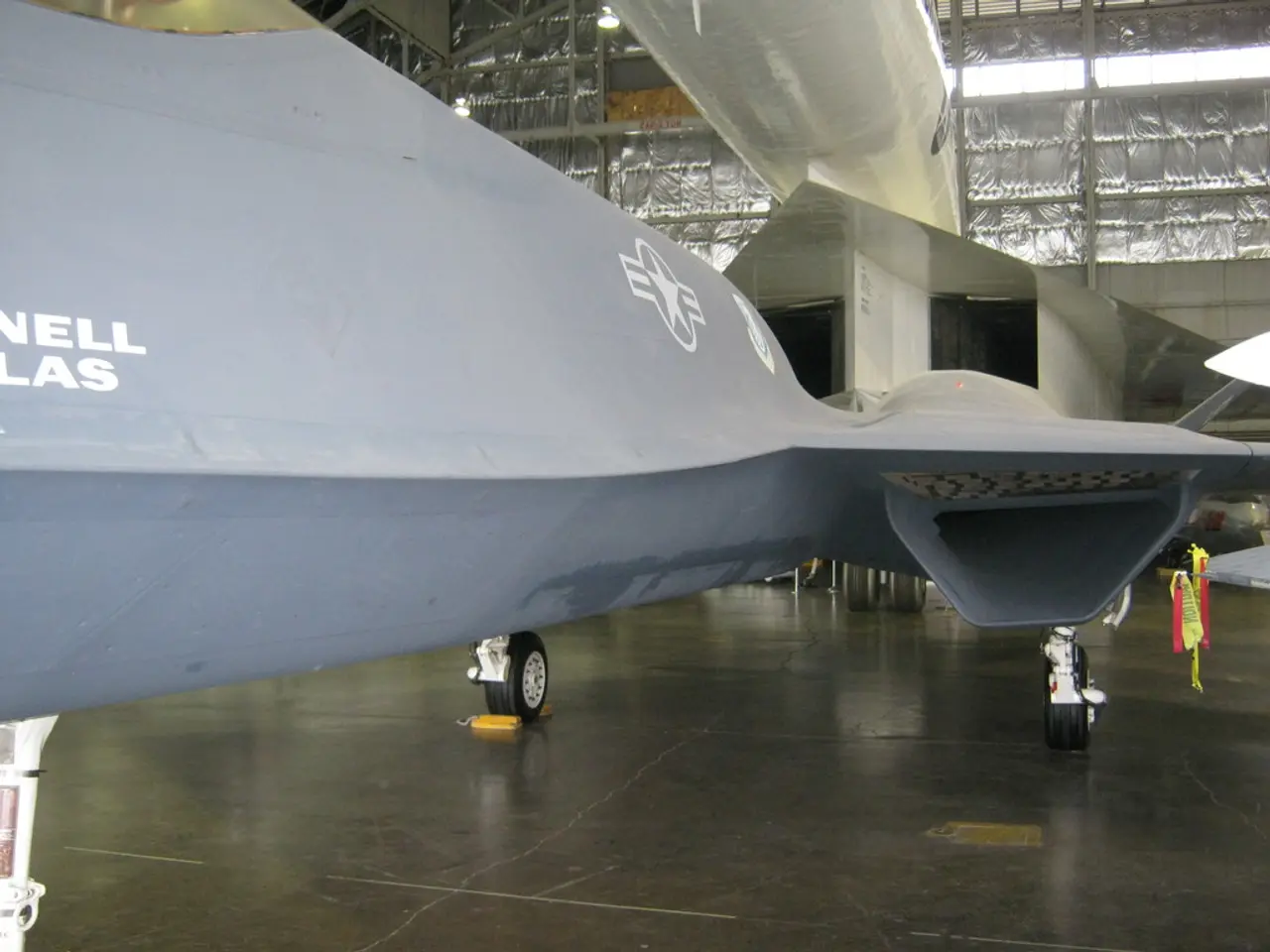Aircraft in Palma Evacuated Due to False Alarm - Alarm triggers evacuation, proven to be unfounded
In an unexpected turn of events, a Ryanair flight from Palma to Manchester was forced to evacuate after a false fire alarm triggered panic among passengers. The incident, which occurred on a Boeing 737, resulted in 18 passengers sustaining injuries, with six requiring hospital treatment.
During the emergency landing, passengers were required to exit the plane via the overwing exits, which necessitated them to jump from the wings onto the tarmac below. This type of evacuation, particularly when not facilitated by inflatable slides, can be hazardous, as passengers may not be prepared to jump from heights, and the process may not be as controlled as evacuations using slides.
The wings of passenger jets typically stand between two and three meters high above the ground, adding to the potential risk associated with such evacuations. However, it's worth noting that injuries during wing evacuations on medium-range jets, especially those without inflatable slides, are relatively rare.
The airline confirmed that a small number of passengers sustained minor injuries during the disembarkation process. Medical assistance was immediately arranged for the injured passengers, and a replacement flight was organized quickly, departing the next morning for the affected passengers.
This incident in Mallorca joins a series of similar near-misses during emergency landings or false alarms where people ended up on the wings and sustained injuries. In March 2018, a Southwest Airlines plane was forced to make an emergency landing due to a false fire alarm, with passengers who evacuated via the emergency exits over the wings having to jump down, resulting in two injuries that required hospitalization.
While the use of inflatable slides in emergency evacuations is common and helps minimize injuries, there are instances where they may not be available. In such cases, adhering to safety protocols becomes crucial to ensure the well-being of passengers. This incident serves as a reminder of the challenges associated with emergency evacuations without standard equipment and the importance of staying calm and following instructions during such situations.
- The community and employment policies of all airlines should emphasize thorough training for emergency procedures, particularly wing evacuations, to minimize injuries during such events.
- General news outlets should cover stories about aircraft emergency landings and false alarms, highlighting the importance of adhering to safety protocols during such incidents for the safety of all passengers, including details about accidents involving wing evacuations.







